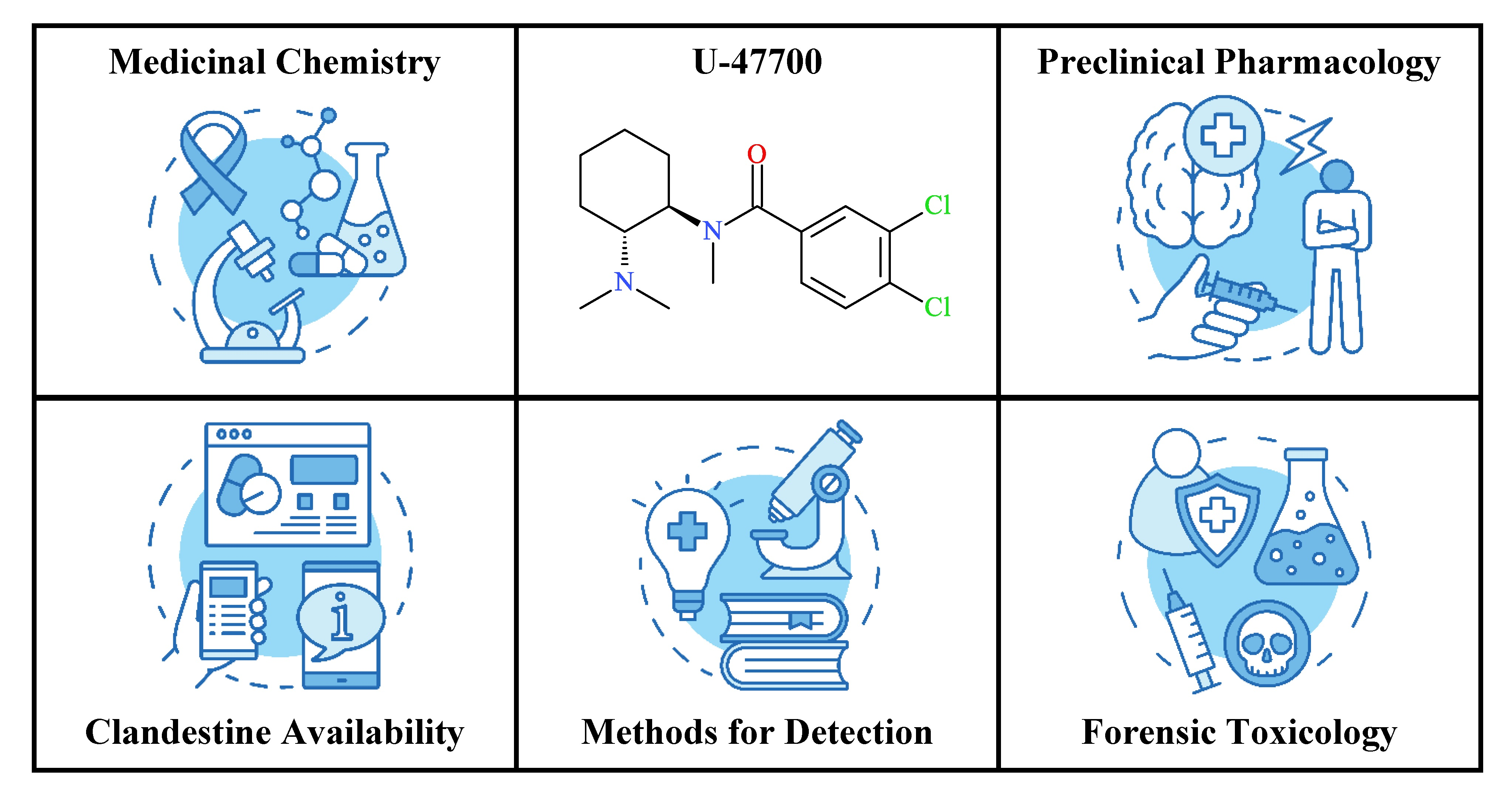

A blood sample provides the toxicologist with a profile of the substance that the subject was influenced by at the time of collection for this reason, it is the sample of choice for measuring blood alcohol content in drunk driving cases. Blood Ī blood sample of approximately 10 ml (0.35 imp fl oz 0.34 US fl oz) is usually sufficient to screen and confirm most common toxic substances. Urine is used for qualitative analysis as it cannot give any indication of impairment due to the fact that drug presence in urine only indicates prior exposure. Collection of urine samples can be taken in a noninvasive way which does not require professionals for collection. Many drugs have a higher concentration and can remain for much longer in urine than blood.

Urine is less likely to be infected with viruses such as HIV or Hepatitis B than blood samples. The substance may also have been diluted by its dispersal through the body while a pill or other regulated dose of a drug may have grams or milligrams of the active constituent, an individual sample under investigation may only contain micrograms or nanograms.Ī urine sample is urine that has come from the bladder and can be provided or taken post-mortem. For example: heroin is almost immediately metabolised into another substance and further to morphine, making detailed investigation into factors such as injection marks and chemical purity necessary to confirm diagnosis. ĭetermining the substance ingested is often complicated by the body's natural processes (see ADME), as it is rare for a chemical to remain in its original form once in the body.

Lastly, forensic drug testing (FDT) is the detection of drug use among individuals in the workplace, sport doping, drug-related probation, and new job applicant screenings. This field of forensic toxicology is responsible for building and implementing laws such as driving under the influence of alcohol or drugs. In human performance toxicology, a dose-response relationship between a drug(s) present in the body and the effects on the body are examined.

The forensic toxicologist works with pathologists, medical examiners, and coroners to help determine the cause and manner of death. A wide range of biological specimens may be analyzed including blood, urine, gastric contents, oral fluids, hair, tissues, and more. Postmortem toxicology includes the analysis of biological specimens taken from an autopsy to identify the effect of drugs, alcohol, and poisons. In the United States, forensic toxicology can be separated into 3 disciplines: Postmortem toxicology, human performance toxicology, and forensic drug testing (FDT). Provided with this information and samples with which to work, the forensic toxicologist must determine which toxic substances are present, in what concentrations, and the probable effect of those chemicals on the person. The primary concern for forensic toxicology is not the legal outcome of the toxicological investigation or the technology utilized, but rather the obtainment and interpretation of results.Ī toxicological analysis can be done to various kinds of samples.Ī forensic toxicologist must consider the context of an investigation, in particular any physical symptoms recorded, and any evidence collected at a crime scene that may narrow the search, such as pill bottles, powders, trace residue, and any available chemicals. Forensic toxicology is the use of toxicology and disciplines such as analytical chemistry, pharmacology and clinical chemistry to aid medical or legal investigation of death, poisoning, and drug use.


 0 kommentar(er)
0 kommentar(er)
